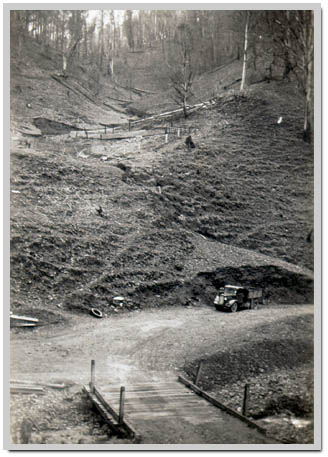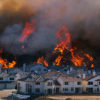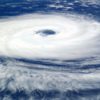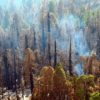On Friday January 13, 1939, Victoria, Australia suffered one of the worst wildfires in history. These fires came to be known as the Black Friday brushfires. They burned nearly 5 million acres and 71 people lost their lives after several towns were destroyed.
Prior to Black Friday, Victoria had experienced a long, dry, and hot summer coupled with a drought that had lasted several years. Many creeks and rivers had dried up and high temperatures and hot winds had left the forest floors extremely dry. Several small fires were already burning since December. Some of these fires could not be extinguished while others were left unattended to burn under “controlled” conditions. However, high temperatures combined with strong northerly winds on Friday the 13th strengthened these fires causing them to combine into a massive fire front which swept over the mountains into Victoria. Over 1,000 homes were burned, and the towns of Narbethong, Noojee, Woods Point, Nayook West, and Hill End were completely destroyed. The fires had burned for three days when the area was hit with heavy rains Sunday evening which eventually extinguished the blaze.
After the fires, the Australian Royal Commission attributed blame for the fires to careless burning, such as those used for campfires and land clearing. The Commission made a number of recommendations to improve forest management and safety, such as the construction of fire towers and access trails. It also encouraged the creation of a fire administration which would be responsible for supervising controlled burns. The Black Friday brushfires contributed directly to the passing of the Forests Act, which gave the Forests Commission responsibility for wildfire protection on public land.

The town of Woods Point after the Black Friday brushfires.
Image courtesy of the Victoria State Government
![]()



